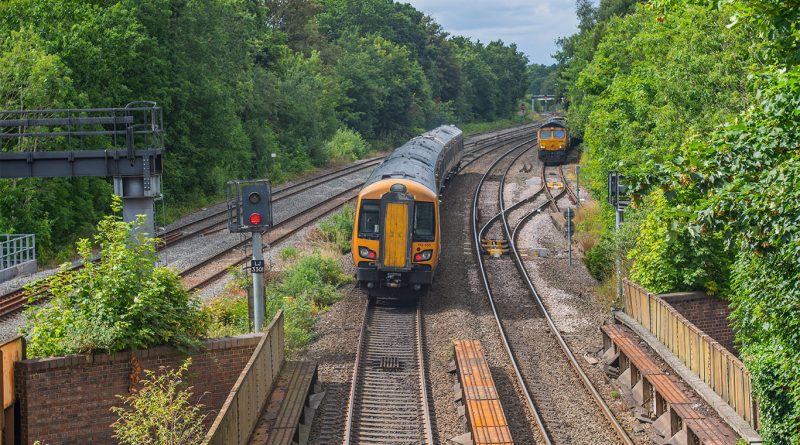UK Railways Heat Up Smarter With New Thermal Modelling
Subscribe to our free newsletter today to keep up to date with the latest construction and civil engineering news.
The UK’s railway infrastructure is embracing digital innovation to improve track operations. At the forefront is the use of advanced thermal modelling to optimise point heating, the system that keeps switches clear of ice and snow. Traditionally energy-intensive and manually controlled, point heating has long been a costly necessity for winter rail safety. A new collaboration between Network Rail and the University of Birmingham shows that artificial intelligence can reduce energy use, costs, and emissions without compromising reliability.
How traditional railway heating was burning through budgets
Railway switches, or “points,” are essential to the safe and smooth running of the rail network. In cold weather, point heating systems prevent ice buildup. These systems have often operated on fixed schedules or basic temperature triggers, regardless of real need.
This resulted in heaters running for longer than necessary, driving up electricity use and emissions. Heating remains a significant part of winter operational costs. Maintenance teams also relied on reactive servicing and cautious scheduling, which sometimes missed faults or left systems running inefficiently. These outdated methods stretched resources and increased costs.
The science of smarter heating: What thermal modelling does
Thermal modelling uses real-time weather data and predictive analytics to manage heating systems more efficiently. Developed by the Birmingham Centre for Railway Research and Education, the model incorporates local temperature, wind speed, humidity, and past usage patterns. Machine learning algorithms determine when each heater should run and for how long.
Rather than applying blanket schedules across regions, the system makes localised decisions. This ensures heaters operate only when conditions require it. The technology enables faster and more accurate control than manual methods can achieve.
From pilot to national rollout: A case study in cost savings
The Wessex route pilot demonstrated the potential of this technology. Over a full winter season, the model cut energy use by about 30 per cent. This did not affect safety or reliability. The reduction led to measurable cost savings and helped move toward carbon targets.
Following the pilot’s success, Network Rail committed to a national deployment. Thirty-two control stations using the system are now in place, with another 32 scheduled by the end of the year. The rollout covers thousands of point heaters. It is one of the largest applications of thermal modelling in UK public infrastructure.
Sources:
